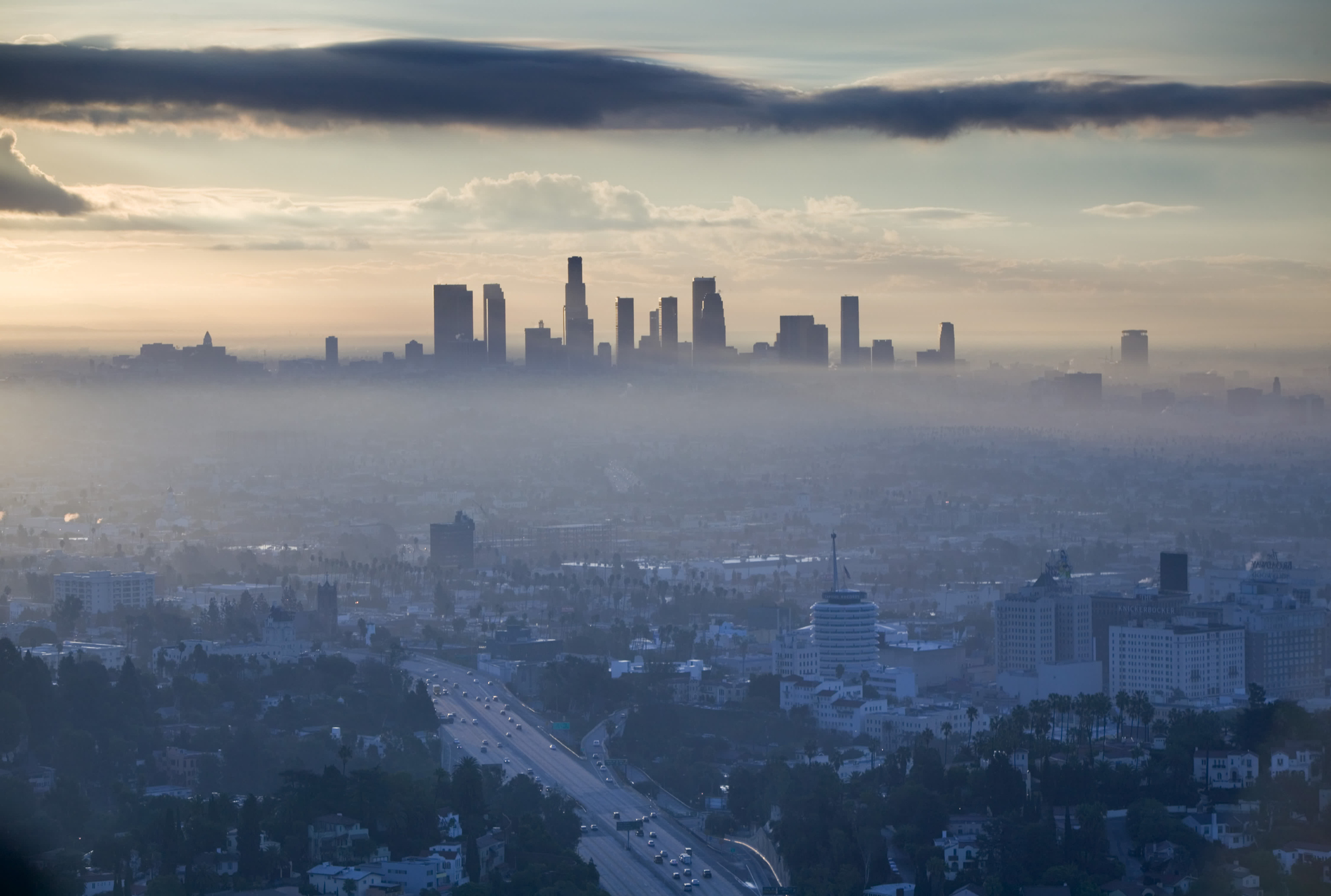
The worst smog in years has inundated Southern California this summer, driving people to hospitals and health clinics for treatment of respiratory illness, according to a Los Angeles Times report.
Some of the warmest weather of all time, compounded by stagnant winds, has worsened the problem, the report said. Ozone levels have topped federal standards on 91 days this year, compared to 67 days last year.
Read More: Global Air Pollution Is on the Rise Despite Decades of Efforts to Stop It
Policymakers in developed countries have implemented a number of regulations to improve air quality in recent decades, leading to a dramatic decline in air pollution. But that progress has slipped in some places in recent years for a variety of different reasons. Rising temperatures in Southern California—due to climate change, El Niño and other factors—has heated hydrocarbon and nitrogen oxide pollution from vehicles, leading to smog. Storms typically clear the air, but they have been in short supply during the state’s drought.
California is not the only place with an air pollution problem. In many European cities, a rise in diesel vehicles has contributed to high levels of air pollution. Developing countries like India and China continue to experience high levels of air pollution as a result of rapid industrial growth and weak regulation.
More Must-Reads from TIME
- Donald Trump Is TIME's 2024 Person of the Year
- Why We Chose Trump as Person of the Year
- Is Intermittent Fasting Good or Bad for You?
- The 100 Must-Read Books of 2024
- The 20 Best Christmas TV Episodes
- Column: If Optimism Feels Ridiculous Now, Try Hope
- The Future of Climate Action Is Trade Policy
- Merle Bombardieri Is Helping People Make the Baby Decision
Write to Justin Worland at justin.worland@time.com